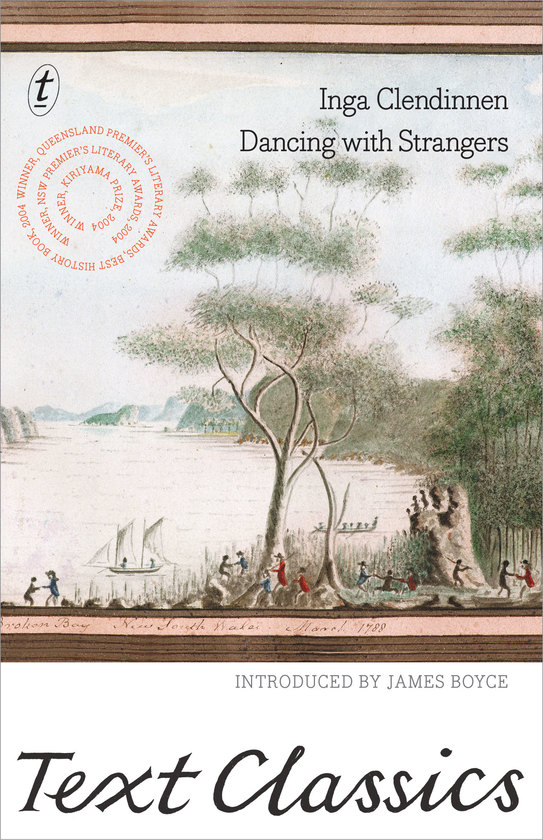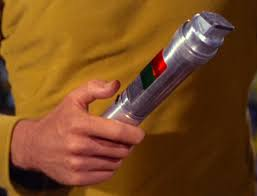
Inga Clendinnen "Dancing with Strangers"
In this thread students @MQLinguistics read Clendinnen's historical #ethnography based on the diaries of the officers of the 1st fleet to learn about #InterculturalCommunication between British colonizers and Sydney's Indigenous people
In this thread students @MQLinguistics read Clendinnen's historical #ethnography based on the diaries of the officers of the 1st fleet to learn about #InterculturalCommunication between British colonizers and Sydney's Indigenous people

#DancingWithStrangers is a story of confusion and ignorance of #culture #language, aspirations, traditions and #law
One of the most tragic figures is Baneelon, an Australian kidnapped by Governor Phillip and taught English in a desperate attempt to create an intermediary.
One of the most tragic figures is Baneelon, an Australian kidnapped by Governor Phillip and taught English in a desperate attempt to create an intermediary.

The detailed musings of the white men in #DancingWithStrangers contrast with the deafening silence of any women's voices - what did the Indigenous and colonising #women think of each other? Of the men they encountered? How different would history be if women had been in charge? 

While #DancingWithStrangers narrates the first years of contact between British and Australian, it summarizes the relationship between #history and #language in one idea: to understand anything in this world, we need to learn to see the world through the eyes of others 

Arthur Phillip, the first governor, did try to build friendship and conciliation between #British and #Indigenous people. Where did it all go wrong after their early positive contact? 

When we re-imagine the spearing of Governor Phillip during the period of contact between the British and the First Nations people of Port Jackson, we can see that the destruction of a whole society hinged on an #ignorance of the cultural sophistication of the other. 

What do you do when your #language #learning efforts aren't going anywhere?
“Hey, let’s kidnap some natives to teach them our language”
Shockingly, that’s what the British did to the Australians when their attempt to learn the Australians' language failed.
“Hey, let’s kidnap some natives to teach them our language”
Shockingly, that’s what the British did to the Australians when their attempt to learn the Australians' language failed.

The description of the Earl of Morton’s basic-needs signs, as well as his ideas about the use of music and the gifting of trinkets, provide an intriguing insight into British settlers’ views of the different people they encountered 

It has been 233 years since the arrival of the 1st Fleet, and just like most colonial interaction and settlement, we can sense the #ignorance from the ‘first settlers’ of Sydney. There is a clear difference in the level of effort put into the interaction to understand each other! 

My favorite new information in the book is that the first #language contact between the white settlers and Aboriginal Australians in 1788 was characterized by friendliness. However, the seizure of land and resources eventually made friendship impossible 

One of many misunderstandings:
The British thought that sharing their food was a sign of their generosity.
The Australians thought it was a recognition of their status as owners and part of British visitor obligations.
The British thought that sharing their food was a sign of their generosity.
The Australians thought it was a recognition of their status as owners and part of British visitor obligations.

Violence, colonization, slavery and pillage were not the theme song on the first fleet to Australia, but dancing, hair combing and sharing of natural bounties with spirits of honesty, trust, curiosity, amity and generosity.
Sad to see how quickly it all changed ...
Sad to see how quickly it all changed ...

#Communication is never about #language alone. The lack of common language in Botany Bay didn’t stop #InterculturalCommunication - thanks to all the #dancing #combing and #gesturing
None of this could resolve the fundamental #misunderstanding of #colonization
None of this could resolve the fundamental #misunderstanding of #colonization

An amicable approach was attempted by both the Australians and the colonists. However, failure of the colonists to recognize the oddities and impositions presented by their own culture created cross-cultural misunderstandings that eventually undermined their good intentions. 

The British thought #kangaroo was an Australian word and the Australians thought it was a British word.
The British had no idea that many #languages existed in #Australia. The Sydney word for "kangaroo" was "patagorang"
The British had no idea that many #languages existed in #Australia. The Sydney word for "kangaroo" was "patagorang"

The colonisation of Australia was fuelled & sustained by the British vast ignorance towards difference. This, alongside a sense of universal superiority, disregarded the immense value of Australian Aboriginal culture & way of life as "uncivilised" practices to be "improved". 

Baneelon was seen as the cultural mediator between British and Australian. However, the message of mediator was not always understood and accepted. Cultural mediator is a challenging role. 

The story of the very first #encounter of the #British with #Australian captures my attention! In the eyes of the British, Australians’ #language was savage, full of rasping and hawking with a few gutturals mixed in. I wish we knew how #English sounded to the Australians! 

@threadreaderapp unroll
• • •
Missing some Tweet in this thread? You can try to
force a refresh
















